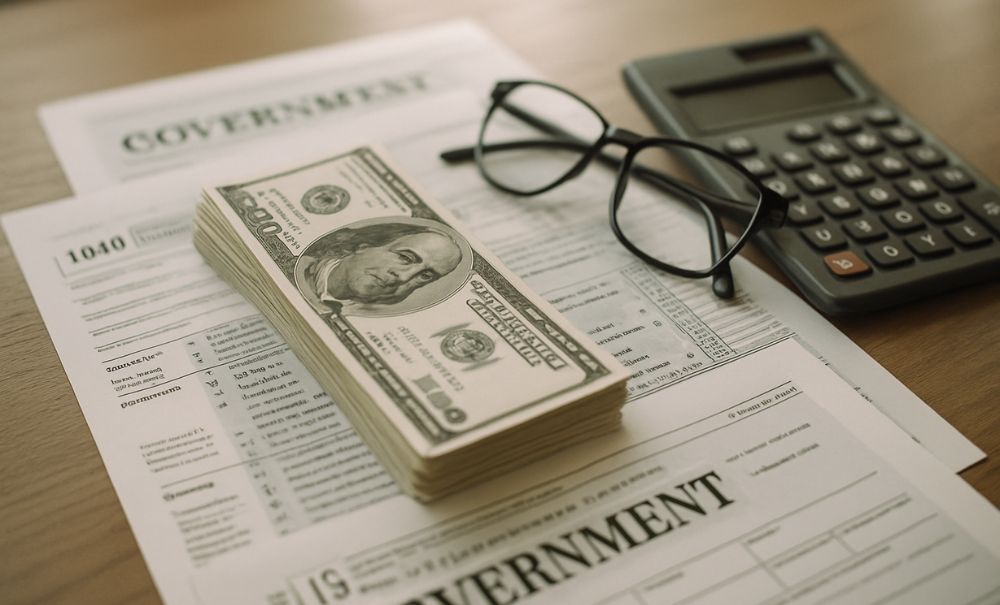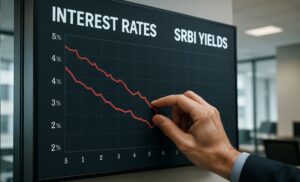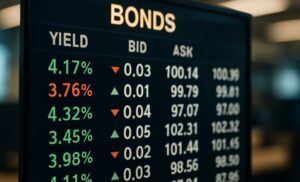The U.S. government has just passed the “One Big Beautiful Bill Act” (OBBBA), one of President Trump’s key legislative agendas for the second half of the year.
What does the OBBBA include?
This bill introduces personal and corporate tax cuts, increases incentives for child ownership and overtime pay, and offers tax incentives for real estate, among others. In return, the government plans to raise taxes on universities and foundations.
On the spending side, the U.S. government will continue to strengthen national security, including development of the “golden dome” program and ongoing construction of the Mexico border wall. It will also cut back on Medicaid (health assistance for low-income individuals), reduce funding for food programs (SNAP and Obamacare), and clean energy subsidies.
Why is this bill significant?
The OBBBA is projected to increase U.S. national debt by USD 3.3 trillion over the next decade, up from the current USD 36.2 trillion.
Even without the OBBBA, the fiscal deficit in 2025 is already projected at USD 1.5 trillion. Additionally, interest payments have reached USD 1.1 trillion (14% of the annual federal budget). By the end of the year, national debt could reach USD 40 trillion. Meanwhile, there is no corresponding increase in revenue or spending cuts that could offset the rising expenditures.
What are the economic assumptions?
With the OBBBA, the U.S. government projects strong economic growth (5.2% annually over the next four years), increased job creation, and a rise in investments (14% over four years). However, many economists believe these assumptions are overly optimistic, and that rising debt levels may lead to financial market instability.
Our view:
The OBBBA is likely to drive U.S. inflation higher. However, President Trump is pushing for a Fed rate cut to support economic growth and avoid stagflation. With increased borrowing needs, U.S. Treasury yields may rise to compensate for the funding gap and potential credit rating downgrades. As U.S. debt climbs, bond values may decline, making alternative assets such as equities and gold more attractive. Equities may benefit from pro-growth policies and job creation initiatives, while gold could serve as a safe haven against riskier assets.
What can investors do?
Investors may consider globally-oriented equities, anticipating that strong U.S. growth will boost global economic activity (e.g., RD MGSED). Additionally, gold can serve as a diversification asset in the portfolio (e.g., SPDR).
For More Information
Contact Mandiri Investasi – (021) 526 3505
Email Mandiri Investasi – [email protected]
Mandiri Investasi – www.mandiri-investasi.co.id
DISCLAIMER
The opinions expressed in this article are for general informational purposes only and are not intended to provide specific advice or recommendations for any individual or security or investment product. This content is intended solely for educational purposes regarding the financial industry. The views expressed may change at any time without notice. All performance data and investment returns mentioned in this article are not guarantees for future results. They are based on historical data and should not be used as a basis for making decisions to buy or sell securities. Investment in mutual funds carries risk. Investors must read and understand the prospectus before deciding to invest in mutual funds.
Share It :Written by











Leave a Reply